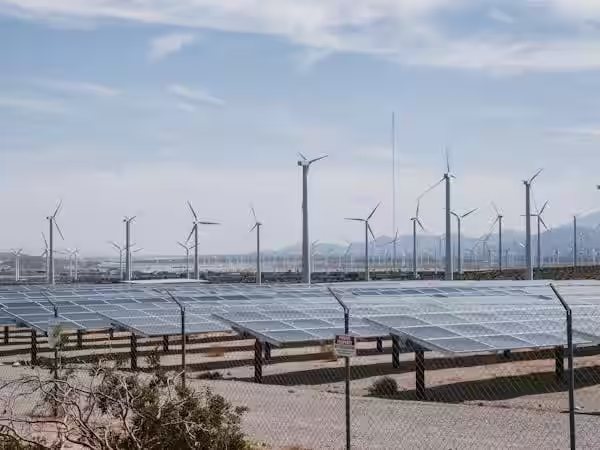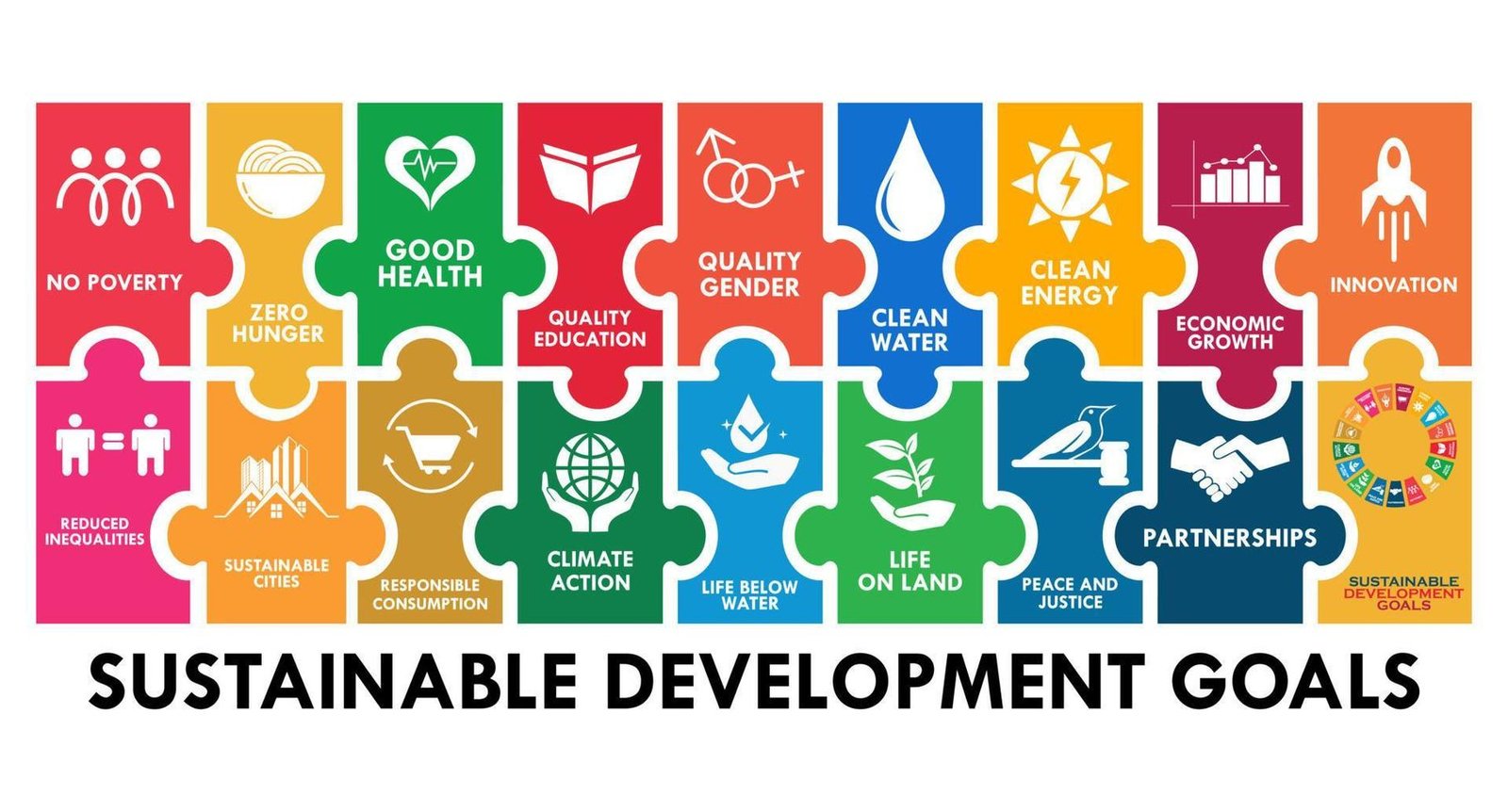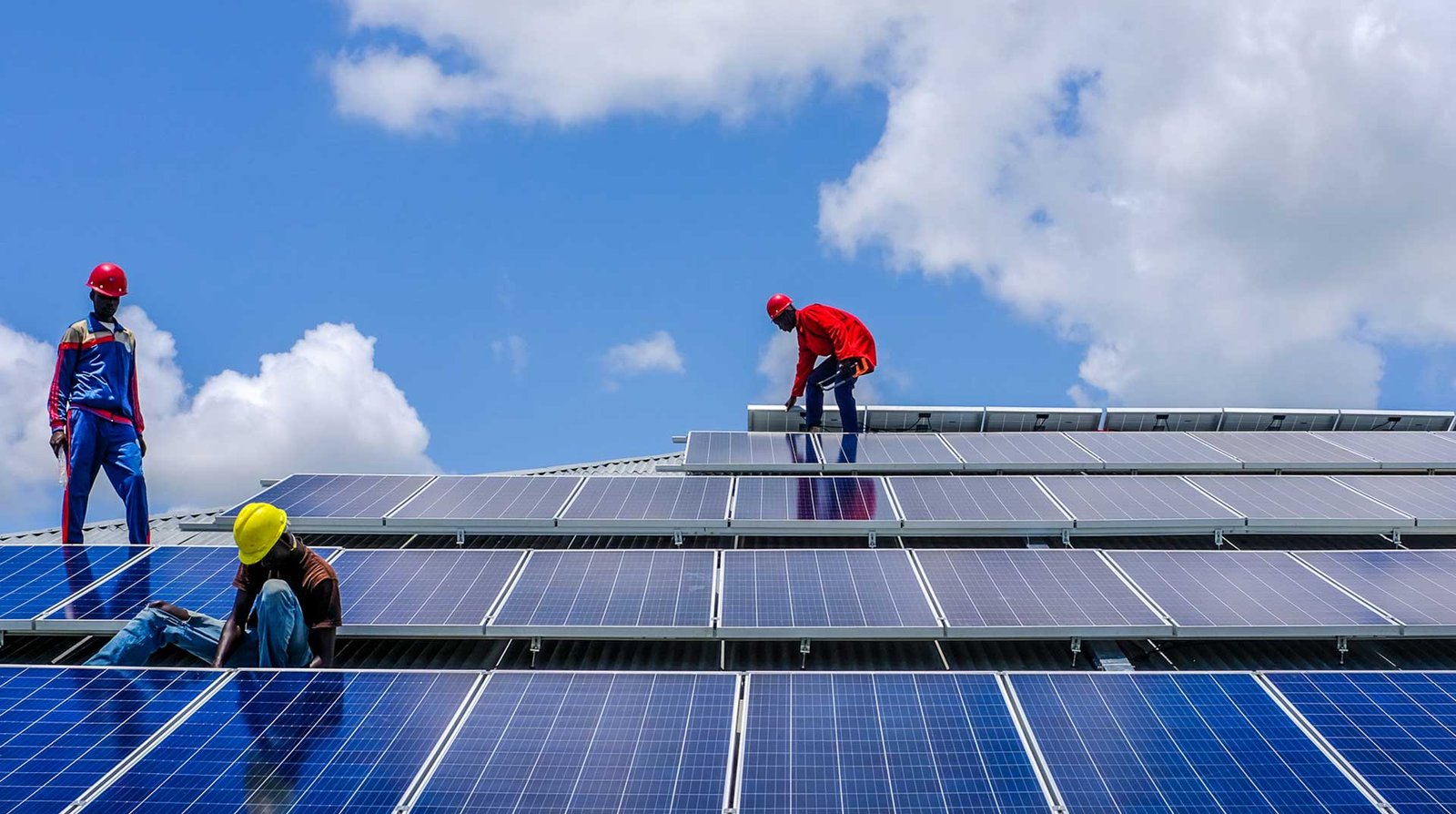India, with its vast energy demands and commitment to sustainability, has emerged as a global leader in solar energy. As the country works towards the United Nations’ Sustainable Development Goals (SDGs), solar power plants have become critical in fulfilling these ambitions. Solar energy, a key player in India’s renewable energy strategy, is essential for addressing the country’s environmental, economic, and social challenges. Among the 17 SDGs, solar power plants have a significant impact on SDG 7: Affordable and Clean Energy and SDG 11: Sustainable Cities and Communities, helping India transition to a greener future.
Table of Contents
This blog delves into how solar power plants contribute to the Sustainable Development Goals and why expanding solar infrastructure is crucial for India’s sustainable growth.

SDG 7: Affordable and Clean Energy
SDG 7, “Affordable and Clean Energy,” refers to the United Nations Sustainable Development Goal focused on ensuring access to reliable, sustainable, and affordable energy for everyone, and solar power plants play a key role in achieving this goal by providing a clean, renewable energy source that can be implemented in various regions, particularly where access to traditional electricity is limited; essentially, solar power plants contribute to SDG 7 by providing a clean and accessible energy option to communities worldwide.
1. Renewable Energy Source
Solar power is considered a clean, renewable energy source, which aligns directly with the goal of reducing reliance on fossil fuels and greenhouse gas emissions.
2. Access to Electricity
By building solar power plants in remote areas, particularly in developing countries, communities that previously lacked access to electricity can gain power for basic needs like lighting and healthcare.
3. Energy Security and Independence
With the deployment of solar power plants, India is reducing its dependence on imported fossil fuels, which makes the country more energy-secure. Solar energy offers a local and sustainable solution, allowing India to achieve SDG 7 by securing energy independence while reducing greenhouse gas emissions.
4. Employment in the Green Energy Sector
Solar power plants are not just transforming the energy landscape but are also creating employment opportunities. The construction, operation, and maintenance of these plants require skilled labor, boosting job creation in the renewable energy sector. This ties into SDG 8 – Decent Work and Economic Growth, showing the wide-reaching benefits of investing in solar energy infrastructure as part of achieving the Sustainable Development Goals.
How solar power plants contribute to SDG 7 Targets
Target 1: Access to energy
Ensure universal access to affordable, reliable and modern energy services.
Target 2: Renewable energy
Increase substantially the share of renewable energy in the global energy mix.
Target 3: Energy efficiency
Enhance international cooperation to facilitate access to clean energy research and technology.
SDG 8: Decent Work and Economic Growth
1. Job Creation
Solar power plants create a range of employment opportunities across different stages of their lifecycle. From the initial design and engineering phases to construction, operation, and maintenance, solar projects generate jobs in various sectors. This includes roles for engineers, technicians, project managers, and construction workers. The growth of the solar industry thus supports full and productive employment, contributing significantly to local and national economies.
2. Economic Diversification
The development of solar power plants encourages economic diversification. By investing in renewable energy, India reduces its dependence on traditional energy sectors like coal and oil. This diversification helps stabilize the economy by spreading risk and creating new revenue streams. Furthermore, the growth of the solar sector stimulates local businesses and industries involved in the supply chain, including manufacturing, logistics, and services.
3. Innovation and Technology Advancement
The solar industry drives innovation in technology and business models. Solar power plants foster advancements in photovoltaic technologies, energy storage solutions, and smart grid systems. These innovations not only enhance the efficiency and effectiveness of solar energy but also create new market opportunities and business ventures. By promoting technological progress, solar power plants contribute to sustained and inclusive economic growth.
SDG 9: Industry, Innovation, and Infrastructure
Sustainable Development Goal 9 (SDG 9) focuses on building resilient infrastructure, promoting inclusive and sustainable industrialization, and fostering innovation. As India strives to enhance its industrial capacity and infrastructure, solar power plants are playing a pivotal role in supporting SDG 9.
1. Strengthening Resilient Infrastructure
Solar power plants contribute to the resilience of India’s infrastructure by diversifying energy sources and reducing dependence on conventional power grids. In areas prone to power shortages or grid instability, solar power plants provide a reliable alternative, ensuring a stable energy supply. The integration of solar energy into the national grid enhances energy security and infrastructure resilience, which is crucial for sustainable development and economic stability.
2. Promoting Inclusive and Sustainable Industrialization
Solar power plants support inclusive and sustainable industrialization by providing clean energy solutions to various sectors, including manufacturing and agriculture. By powering industries with renewable energy, solar power helps reduce operational costs and carbon footprints. This transition supports the growth of green industries and encourages businesses to adopt sustainable practices. Additionally, solar power plants can be deployed in rural and underserved areas, fostering industrial growth and economic development in those regions.
3. Encouraging Innovation and Technological Advancements
The development and deployment of solar power plants drive innovation in clean energy technologies and infrastructure. Solar energy projects often involve advancements in photovoltaic technologies, energy storage solutions, and grid management systems. By investing in solar power, India promotes research and development in these areas, contributing to technological advancements and the growth of a knowledge-based economy. Solar power also stimulates innovation in related sectors, such as smart grids and energy efficiency.

SDG 11: Sustainable Cities and Communities
As India undergoes rapid urbanization, it becomes critical for cities to adopt sustainable practices. SDG 11 focuses on making cities and communities inclusive, safe, resilient, and sustainable. Solar power plants are integral to supporting this goal, as they provide clean energy and reduce environmental pollution. Here’s how they contribute to SDG 11:
1. Solar Energy for Urban Development
Urban centers are some of the largest consumers of energy. By integrating solar power plants into urban planning, cities can reduce their reliance on fossil fuels and transition to greener energy sources. Solar energy is increasingly being used to power public infrastructure, from streetlights to public transportation systems. This integration of solar into urban areas aligns with SDG 11 and contributes to building Sustainable Development Goals-compliant cities.
2. Lowering Air Pollution
Air pollution is a major challenge in India’s cities. Solar power plants produce no emissions, making them a clean alternative to coal and gas-based power plants that contribute to air pollution. By replacing traditional energy sources with solar energy, cities can reduce their carbon footprint, improve air quality, and create healthier living environments, furthering the aims of SDG 11.
3. Enhancing Urban Energy Efficiency
Solar power plants can help urban areas become more energy-efficient. Solar plants can be integrated into smart grids, offering flexible, on-demand power generation. This helps balance the energy supply with demand, reducing waste and improving the efficiency of the urban energy network. Sustainable cities that leverage solar power contribute directly to the realization of the Sustainable Development Goals.
4. Solar-Powered Infrastructure
In cities across India, solar-powered infrastructure is becoming increasingly common. From solar rooftops on residential buildings to solar-powered metro rail systems, urban solar projects are scaling up. These innovations help create resilient and sustainable urban environments, essential for meeting SDG 11 and broader Sustainable Development Goals.
Sustainable Cities and Communities Targets
The specific targets set for 2030 are:
- To ensure access to housing and adequate, safe and affordable basic services.
- To provide safe, accessible, sustainable and affordable transport systems, paying special attention to public transport.
- To increase inclusive and sustainable urbanisation.
- To protect and safeguard the cultural and natural heritage of the world.
- To achieve sustainable management and efficient use of natural resources.
- To provide universal access to green areas and safe, inclusive and accessible public spaces.

Synergies Between SDG 7 and SDG 11
Solar power plants create a vital link between SDG 7 and SDG 11, helping India build a sustainable energy framework while simultaneously developing its cities and communities. As India continues to urbanize, the integration of solar energy into its infrastructure will be key to addressing both energy demand and environmental challenges. Solar energy’s ability to provide affordable, clean, and reliable energy ties together the objectives of SDG 7 and SDG 11, ensuring that both urban and rural areas benefit from sustainable development.
The primary synergy between SDG 7 (Affordable and Clean Energy) and SDG 11 (Sustainable Cities and Communities) in the context of solar power plants lies in the ability of solar energy to provide clean, reliable power to urban areas, contributing to sustainable urban development by reducing carbon emissions and promoting energy efficiency within cities, thus creating more resilient and environmentally friendly communities.
India’s Commitment to SDGs Through Solar Power Plants
India’s ambitious solar targets are directly aligned with its commitment to achieving the Sustainable Development Goals. The country’s National Solar Mission, which aims to install 100 GW of solar power by 2022, is a bold step toward ensuring that clean energy is available to all. The ongoing development of large-scale solar power plants, such as the Bhadla Solar Park in Rajasthan, highlights India’s focus on creating a renewable energy future.
Solar power plants are a driving force behind India’s commitment to the Sustainable Development Goals, helping the nation reduce carbon emissions, ensure affordable energy, and build sustainable communities.
Challenges in Solar Power Plant Adoption
While India has made significant progress, challenges remain in achieving the full potential of solar power plants in the context of the Sustainable Development Goals:
- Financing and Investment:
Setting up large-scale solar power plants requires significant financial investment. Although government subsidies and private sector participation are growing, financing remains a challenge, especially for smaller communities and businesses. - Land Availability:
Large-scale solar power plants require vast tracts of land, which can be difficult to secure in densely populated areas. Finding suitable land without disrupting local communities and ecosystems is essential for achieving the Sustainable Development Goals. - Energy Storage Solutions:
Solar power is intermittent, as it depends on sunlight. To ensure consistent energy supply, advances in energy storage systems are needed. Developing affordable and efficient storage technologies is crucial for the long-term success of solar power plants and the realization of the Sustainable Development Goals.
Conclusion
Solar power plants are a crucial element in India’s journey towards achieving the Sustainable Development Goals, particularly SDG 7: Affordable and Clean Energy and SDG 11: Sustainable Cities and Communities. By investing in solar energy infrastructure, India is creating a cleaner, greener future that benefits both rural and urban populations. Solar power plants not only provide sustainable energy solutions but also foster economic growth, reduce inequality, and protect the environment.
At Soleos Solar Energy, we are dedicated to contributing to India’s renewable energy mission by delivering cutting-edge solar power solutions that align with the Sustainable Development Goals. Together, we can create a sustainable and prosperous future for all.
Download Our Free Solar Energy Guide! Get equipped with all the information you need to harness the power of the sun. Our comprehensive guide covers everything from the basics of solar energy to advanced applications in achieving the Sustainable Development Goals. Download now and take the first step towards a brighter, cleaner future!
